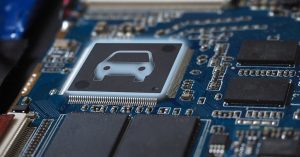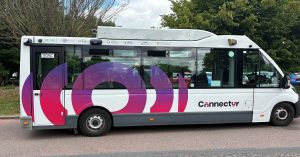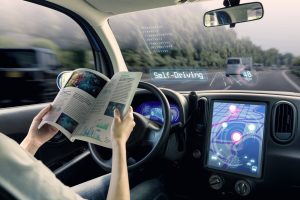Ford has introduced BlueCruise, a semi-autonomous driving system, to UK highways. This technology is an add-on to the automaker’s current intelligent adaptive cruise control (IACC) and is designed to take over driving functions while drivers keep their eyes on the road. This article will explore the features and benefits of BlueCruise and compare it to similar semi-autonomous systems from other car manufacturers.
Features of BlueCruise
BlueCruise is a level two-plus autonomous technology that is an extension of Ford’s current intelligent adaptive cruise control (IACC). It takes over driving functions on highways with IACC active and keeps pace with other vehicles, slows down traffic, and adjusts speed according to road signs. BlueCruise’s features also include predictive speed assistance when approaching a sharp curve and “human-like” lane positioning that “subtly” shifts away from larger vehicles – such as lorries – in adjacent lanes.
Performance and Suitability for UK Roads
The BlueCruise technology has been tested for over 100,000 miles on the UK and mainland European roads, following over 600,000 miles in the US and Canada. This extensive testing means that the tech is well suited to British roads, with everyday issues such as worn-out lane markings, poor weather, and roadworks still picked up by the car’s five radars and cameras. BlueCruise takes some of the “heavy lifting” out of highway driving, making it less of a chore and giving drivers more confidence and convenience.
Comparison with Other Semi-Autonomous Driving Systems
BMW has already announced that it will offer “address-to-address” level two-plus capability on its Neue Klasse EVs from 2025, similar to BlueCruise. However, Mercedes-Benz is making gains with level three technology, which doesn’t require the driver’s full attention. Germany and the US state of Nevada have given permission for Mercedes to use its Drive Pilot on public roads.
Conclusion
BlueCruise is a significant step forward for the automotive industry, as it is the first hands-free driving system of its kind to receive approval for use in a European country. It takes over driving functions on highways, making highway driving less of a chore and giving drivers more confidence and convenience. While BlueCruise still requires the driver’s attention, it includes several safety features such as the eye-tracker, making it safer than other semi-autonomous driving systems. As other car manufacturers follow suit, the future of semi-autonomous driving looks promising.







